The U.K. grocery market is not unlike that in the U.S.: big supermarket chains battling smaller, often smarter, specialty chains, the all-things-in-one hypermarkets and a growing e-tailing force.
As with U.S. supermarket operators, British retailers traditionally depended on a defined but loyal slice of the total market to keep their sales constant. And, as in the U.S., those British retailers are finding that the economy, generational shopping habits and the Internet are changing all the rules.
Marks & Spencer, Tesco and Sainsbury’s have all been major players in the sector with their own fairly clear-cut demographic. M&S shoppers tend to be affluent and demand to be entertained as much as being offered good food. These are similar to Whole Foods or Trader Joe’s in the U.S., or regional higher-end players like Wegman’s and Harris-Teeter.
Sainsbury’s is generally considered the most middle-class of the “big four” supermarket groups in the U.K., comprised of Tesco, Sainsbury’s, Asda – a Walmart offshoot – and Morrisons. (Think Kroger, Safeway, Supervalu, et al.).
And Tesco is about the provision of a classless environment with mass appeal. It is the U.K.’s largest food retailer with around 30 percent of the total market. Tesco’s shoppers are a U.K. equivalent of what in the U.S. would be the Walmart/Target/Meijer market segment.
Each is responding in its own way to the challenges offered by more frequent but smaller shopping trips and customer demand for greater convenience: longer hours, edited assortments, home meal replacement, self-checkout, in-store technology, etc.
Advertisement
For all three, however, the real grass-fed elephant steak in the room is having to deal with the threat posed by the online merchants. In Britain, as in the U.S. and pretty much everywhere else, shopping increasingly means sitting poised in front of a computer terminal – whether that terminal is at your desk or on your lap or in the palm of your hand.
It’s a point not lost on Nayna McIntosh, director of store environment and product presentation at London-based Marks & Spencer Plc. “One of the things we’ve been looking at for the last 18 to 24 months is the customer experience, particularly moves we’ve been making with in-store technology and our online shops,” she says. “The question we’ve been asking is how we can we join the two worlds: online and shop-based retailing.”
One answer comes from an unexpected source: the wine departments in some of the bigger M&S stores. In-store wine experts discuss regionality and provenance with shoppers in the store, but each expert now packs an iPad in order to help shoppers access the broader M&S wine range beyond the store.
There is, however, rather more to getting the in-store and online worlds married up than equipping staff with iPads and hoping for the best.
Sainsbury’s, the 144-year-old London-based chain with more than 1000 units and 16.5 percent of the market, has been taking steps to integrate the physical store with the virtual world. But Damian Culkin, head of store design, says it’s not about in-store technology for its own sake.
“It [the future] is about responding to customer needs and not imposing things on shoppers,” he says. “In our in-store phone shop in King’s Lynn [in the East Anglia region], there is a digital version of the same shop online. That makes sense and it works. Now there are options, and if people want to engage with a physical shop, the online experience drives the physical store to be more experiential. There’s now almost nothing that you couldn’t order online and so there has to be connectivity between the two worlds.”
Advertisement
That means such things as standalone touchscreens and iPads embedded into the fixtures, increasingly common elements of 21st Century retailing.
“Connectivity” seems be something of a watchword in U.K. supermarket circles currently. At Tesco, simultaneously the kingdom’s largest non-food retailer and one of the Big Four grocers, Simon Threadkell, design and formats director, says that a “more connected store” can be about “click and connect” – order online and collect in a store – and “endless aisles” – screens placed on gondola endcaps that allow shoppers to browse before they enter the aisle.
There is more to in-store developments in supermarkets than the simple provision of screens and iPads, however. There is also the matter of relevance. Threadkell says that following the decision to embark on a store modernization program in early 2012, Tesco has been endeavoring to modernize strategically. “The key for us at the moment is being locally relevant,” he says. “At our Bishop’s Stortford and Thetford stores [two branches in the east of England], we tried to tailor the offer to suit the local demographic. Now we’ve taken that idea and moved on with it.”
For example, in a store in the very affluent central London district of Kensington, “We’ve gone for day-parting – switching out the merchandising from breakfast to lunchtime to afternoon tea. What I’m describing is more surgical-design thinking that targets specific shoppers and local communities.”
There is also the matter of visual merchandising. McIntosh says that the direction in M&S over the past couple of years has been toward injecting greater drama into the food halls. “I think we’ve probably put more theater into our food retailing business than into clothing over the last couple of years,” she says. “We’ve done this with the deli bars which, because they have products that aren’t found in the rest of the food department, are a complete destination.”
She adds that props form a major part of the visual merchandising change, with blackboards and maps to show where things come from and pasta machines that allow the product to be made as the shopper watches.
Advertisement
The store environment team at M&S has also incorporated “event zones” – what in the fashion world might be described as “pause points” – decompression areas where the shopper can breathe and admire a well-put-together display. In selected M&S food departments, this means a space at the front of the shop where food is treated like fashion – visually merchandised, instead of being piled on the shelves.
For example, M&S marked last year’s Silver Jubilee for the Queen by mixing confectionery and biscuits with hampers and Union flags. It might not have been quite the event-related visual merchandising as in the windows of Harrods or Harvey Nichols, but it and the other changes we’re seeing in the grocery sector have certainly marked a step up for British food retailing.

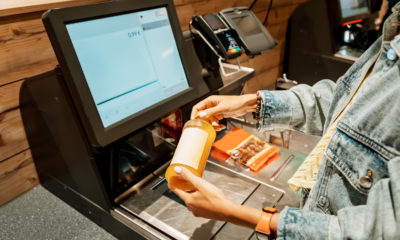
 Headlines2 weeks ago
Headlines2 weeks ago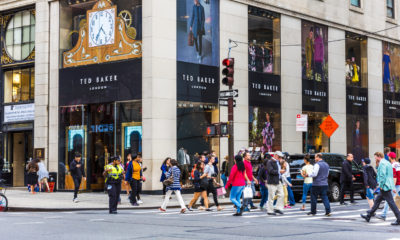
 Headlines6 days ago
Headlines6 days ago
 Headlines2 weeks ago
Headlines2 weeks ago
 Headlines4 days ago
Headlines4 days ago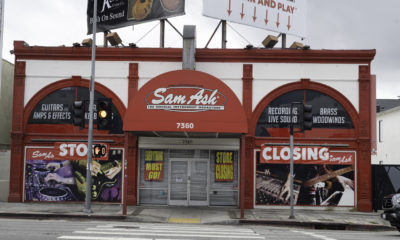
 Headlines2 weeks ago
Headlines2 weeks ago
 Headlines5 days ago
Headlines5 days ago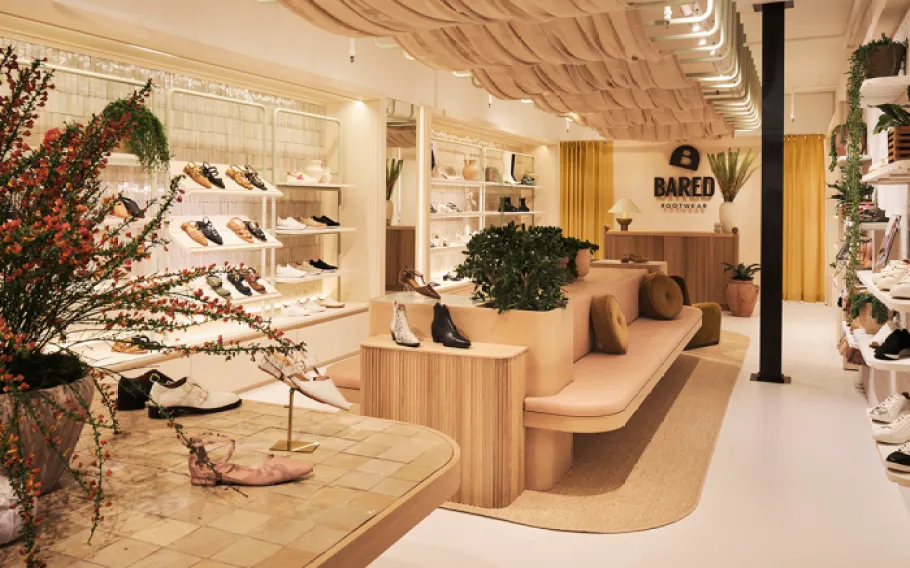
 Headlines1 week ago
Headlines1 week ago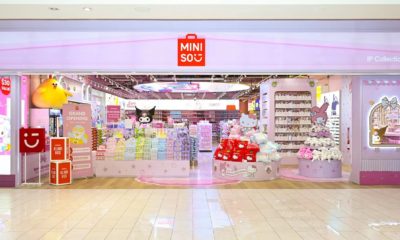
 Headlines2 weeks ago
Headlines2 weeks ago



























